Home Routines
From hanging up one’s coat when coming inside to brushing teeth, children can learn to follow routines related to their daily life at home. Independence in these routines can help improve overall household functioning and decrease caregiver stress levels.
Children often want to participate in home routines, and it is wonderful to be able to capitalize on their interests. For example, a child may want to help load or unload the dishwasher, or they may want to fold the laundry. Very young children will likely not be able to complete these types of tasks fully independently. Adults can suggest a teamwork approach and select specific aspects of a task for the child to do. For example, a child may begin to help with folding laundry by being in charge of matching all the socks into pairs. Eventually, they can learn to fold socks together. Similarly, silverware sorting can be an engaging task for a young child (being careful to remove any sharp knives or similar first!) In these situations, the child is motivated to complete the task, and any engagement in the task is naturally reinforcing. It is important to provide praise and support for two reasons (1) praise becomes meaningful when it is paired with these naturally-occurring positive reinforcers; (2) when the child experiences this meaningful praise, they will be more likely to want to help in future tasks.
Sometimes a task will be too complex for a child to complete with just an instruction. For example, dressing oneself, packing up a backpack, or cleaning up a bedroom may be difficult for a child to complete independently, even if they are motivated to do so. A caregiver can take the approach of giving the child small portions of the task to complete, as noted above. If the child is ready to take on larger parts of the task, it can be helpful to engage in a process called “task analysis”. Task analysis refers to the process of breaking a complex task into smaller steps as well as the resulting list of steps resulting from that process. To engage in task analysis, the caregiver may work through the task themselves, noting each step. A task analysis for packing up a backpack might consist of the following steps:
Get backpack
Grasp zipper with thumb and forefinger
Pull zipper upward to unzip and then back down
Continue pulling zipper until backpack is fully open
Get school folder
Place school folder in backpack
Get lunch bag
Place lunch bag in backpack
Get water bottle
Place water bottle in backpack
Pull sides of backpack close together.
Grasp zipper with thumb and forefinger
Pull zipper upward and down again
Continue pulling zipper until fully closed
Although it may seem obvious that these are the steps to packing a backpack, caregivers should remember that this is a new experience for a child. Caregivers can stand near the child while the child engages in the task and offer praise as they move to a new step. It may be necessary to help the child with a particular step. If that happens, be sure to give them a chance to complete the next step independently. Eventually, the child will only need praise for the middle steps, and finally, for just the last steps. When the child can independently complete this task, you can add it to a list of other related tasks. For example, first pack your backpack, and then put on your coat.
Sometimes children are not motivated to engage in home routines. How can we encourage engagement? Remember that children, like most people, are more likely to engage in tasks that result in preferred outcomes. For an adult, putting away folded laundry may be automatically reinforcing because it results in less/no more laundry to put away. A child may not find this reinforcing, so it will be important to select a meaningful outcome and pair it with the activity. One might say, “Let’s put away this laundry so we can go outside and play” or “After you help me put away the laundry, I will read a story to you”. It is important to state the outcome with the expectation at the outset, rather than adding a preferred outcome only after the child has refused to engage in the task. It is equally important to use this structure, “first x, then y” so the child understands the expected order of the activities.
Over time, children will begin to engage in home routines when they (a) know HOW to engage in the routines and (b) access preferred outcomes, or reinforcers, as a result of engaging in the routines. Consistent expectations to engage in regular home routines helps a child gain practice in following routines and allows children to predict upcoming events.
A Board-Certified Behavior Analyst (BCBA)® can help caregivers identify and correct any concerns. To find a BCBA near you, consult your pediatrician or local school district. You can also go to www.bacb.com to search for providers. Additionally, you may email abaforkids.org@gmail.com for individualized help with your search.
Have a Question?
Please feel free to reach out if you have any questions or want to learn more about Applied Behavior Analysis (ABA).





